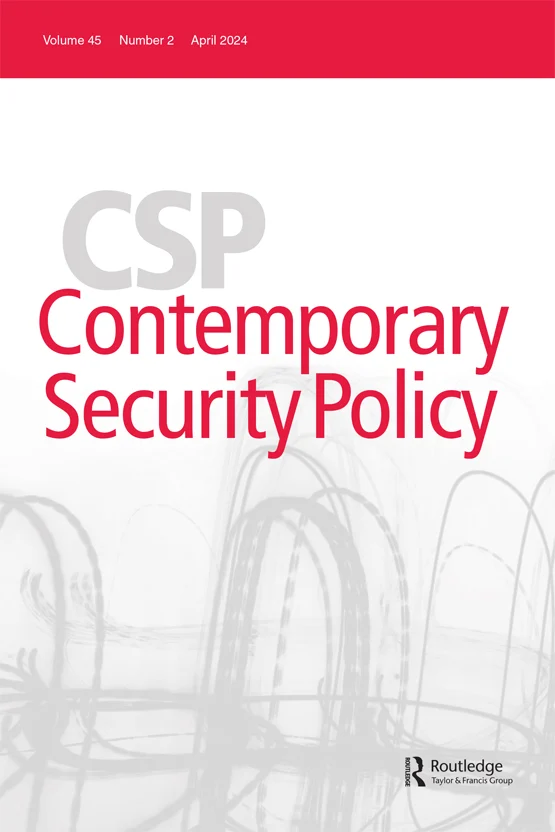马、钉子和信息:乌克兰战争的三大国防工业
IF 5
1区 社会学
Q1 INTERNATIONAL RELATIONS
引用次数: 0
摘要
主要武器生产国和国防公司一直在努力满足乌克兰战争对武器的巨大需求。战争的关键要素,如对私人拥有的星链网络传输的商业监视卫星获得的数据进行人工智能分析,已经从新的供应商那里出现,并在战场上有机地发展起来。研究未能预料到这一点,主要原因是该学科关注的是“国防工业”,而不是战争中突出的三种不同的“国防工业”:坦克等平台,炮弹和游荡弹药等商品,以及商业卫星和人工智能等军事化“技术”。理解这两者需要不同的政治经济方法。从这三个角度来看,文章得出结论,美国在所有三个行业都保持优势,欧洲有倒退为商品生产国的风险,中国试图破坏而不是复制美国在国防工业技术方面的优势。作者要感谢Jordan Becker、Ethan Kapstein、Mike Poznansky和Sam Tangredi。披露声明作者未报告潜在的利益冲突。本文章由计算机程序翻译,如有差异,请以英文原文为准。
Horses, nails, and messages: Three defense industries of the Ukraine war
ABSTRACTMajor arms producing states and defense firms have struggled to supply the Ukraine war's massive demand for munitions. Key elements of the war—such as artificial intelligence-enabled analysis of data obtained from commercial surveillance satellites transmitted by the privately-owned Starlink network—have emerged from new providers as well as developed organically on the battlefield. Research failed to anticipate this due largely to the discipline’s focus on the “defense industry” rather than three distinct “defense industries” highlighted in the war: platforms such as tanks, commodities such as artillery shells and loitering munitions, and militarized “tech” such as commercial satellites and artificial intelligence. Understanding each requires a distinct political economic approach. Using these three lenses, the article concludes that the United States retains advantages in all three industries, Europe risks regressing into a commodities producer, and China seeks to disrupt, rather than duplicate, American defense industrial advantages in technology.KEYWORDS: Ukrainemilitary technologydefense industryspacedefense economics AcknowledgementsThe author would like to thank Jordan Becker, Ethan Kapstein, Mike Poznansky, and Sam Tangredi.Disclosure statementNo potential conflict of interest was reported by the author(s).
求助全文
通过发布文献求助,成功后即可免费获取论文全文。
去求助
来源期刊

Contemporary Security Policy
Multiple-
CiteScore
14.60
自引率
6.80%
发文量
22
期刊介绍:
One of the oldest peer-reviewed journals in international conflict and security, Contemporary Security Policy promotes theoretically-based research on policy problems of armed conflict, intervention and conflict resolution. Since it first appeared in 1980, CSP has established its unique place as a meeting ground for research at the nexus of theory and policy.
Spanning the gap between academic and policy approaches, CSP offers policy analysts a place to pursue fundamental issues, and academic writers a venue for addressing policy. Major fields of concern include:
War and armed conflict
Peacekeeping
Conflict resolution
Arms control and disarmament
Defense policy
Strategic culture
International institutions.
CSP is committed to a broad range of intellectual perspectives. Articles promote new analytical approaches, iconoclastic interpretations and previously overlooked perspectives. Its pages encourage novel contributions and outlooks, not particular methodologies or policy goals. Its geographical scope is worldwide and includes security challenges in Europe, Africa, the Middle-East and Asia. Authors are encouraged to examine established priorities in innovative ways and to apply traditional methods to new problems.
 求助内容:
求助内容: 应助结果提醒方式:
应助结果提醒方式:


